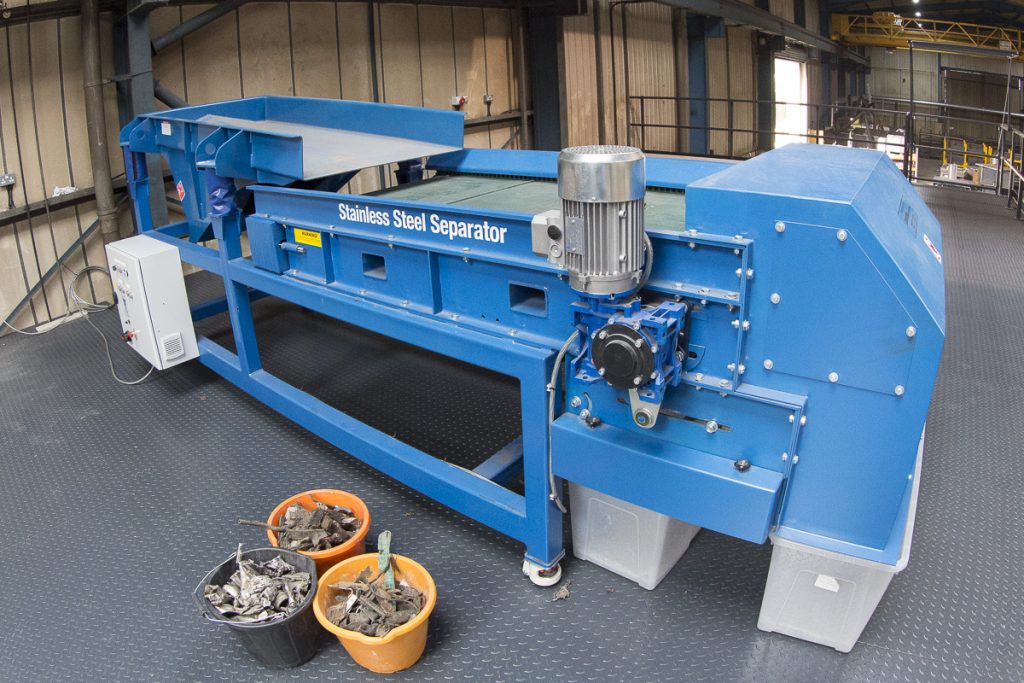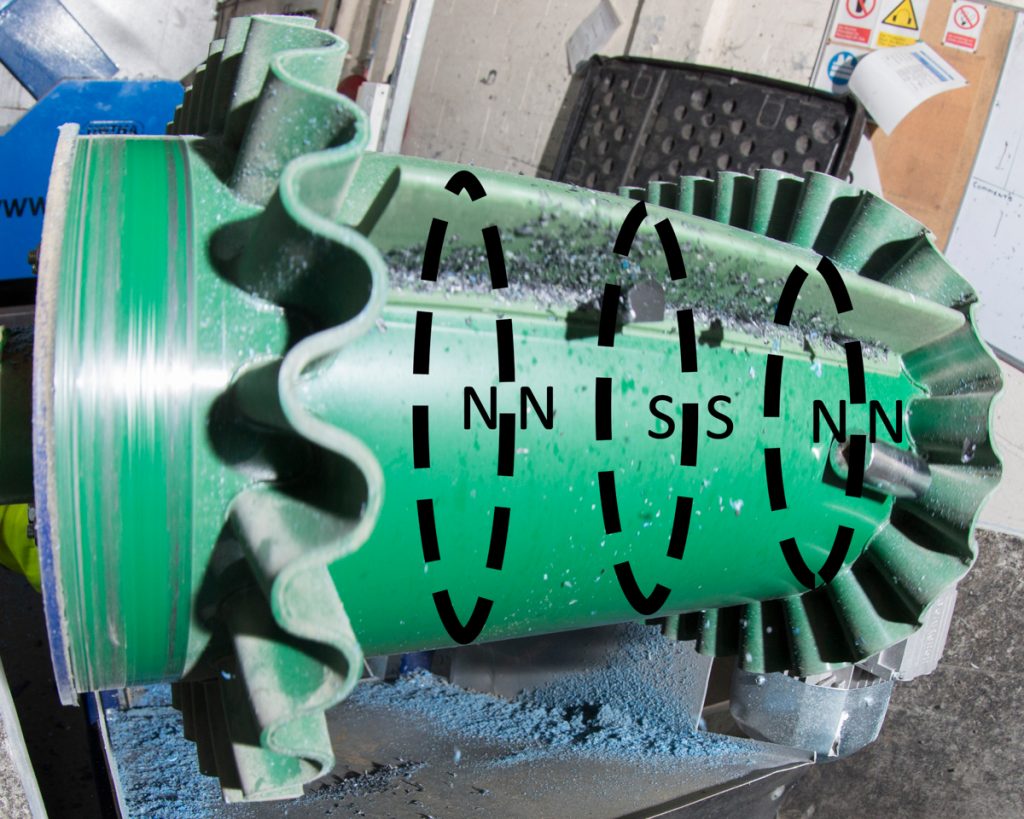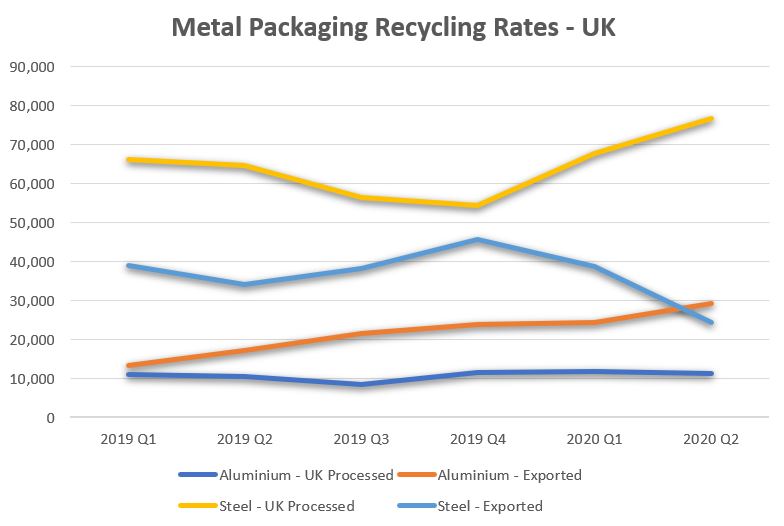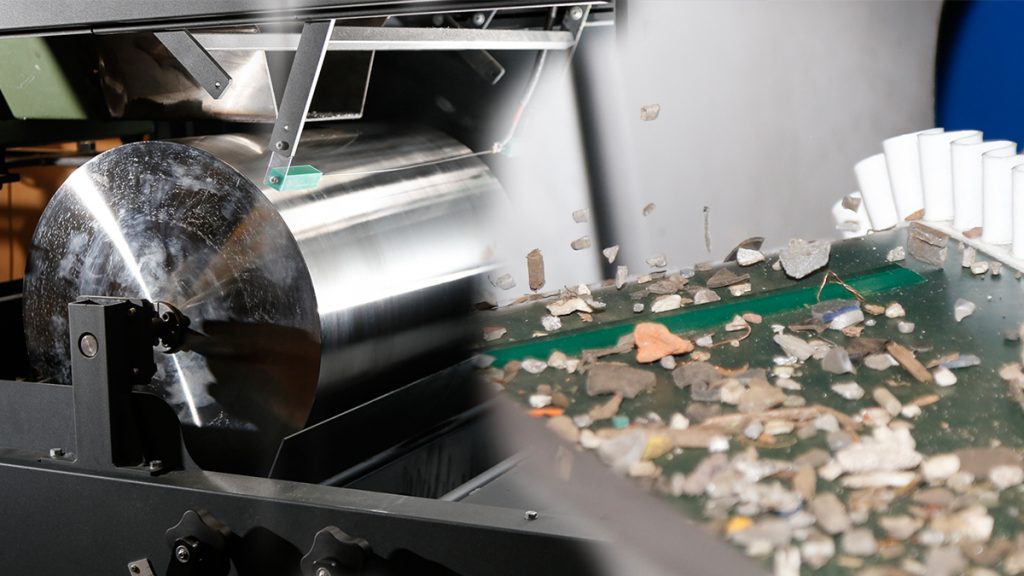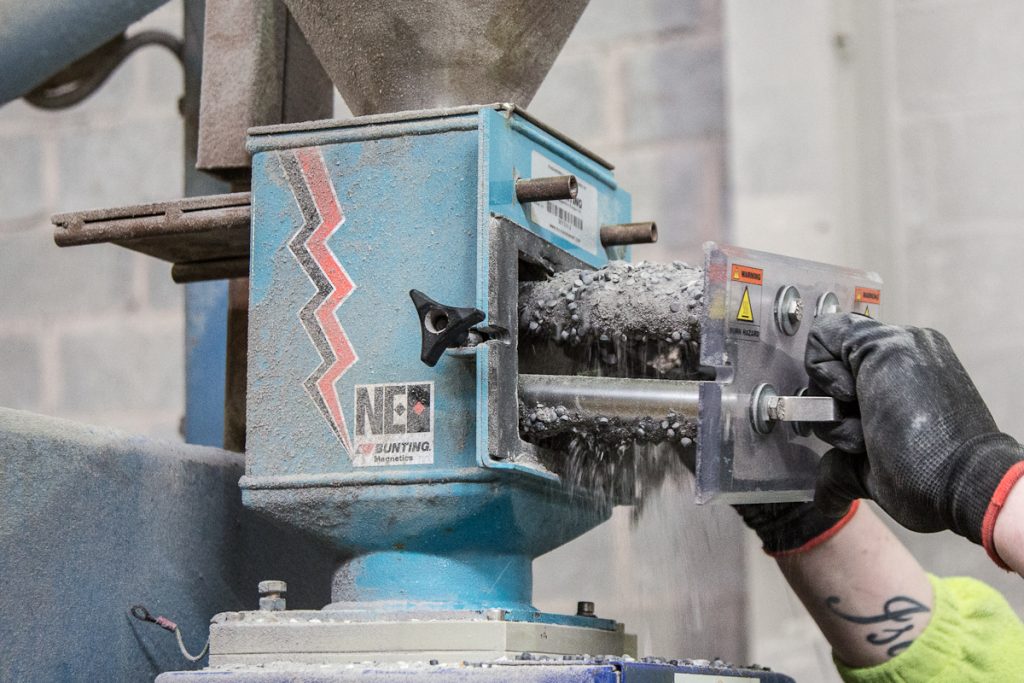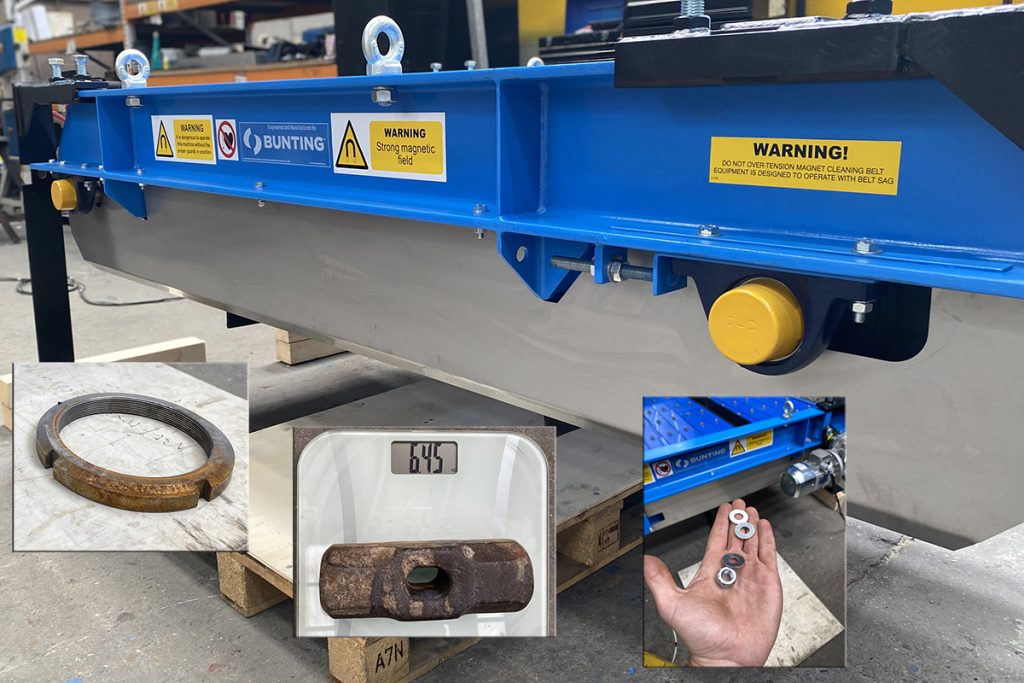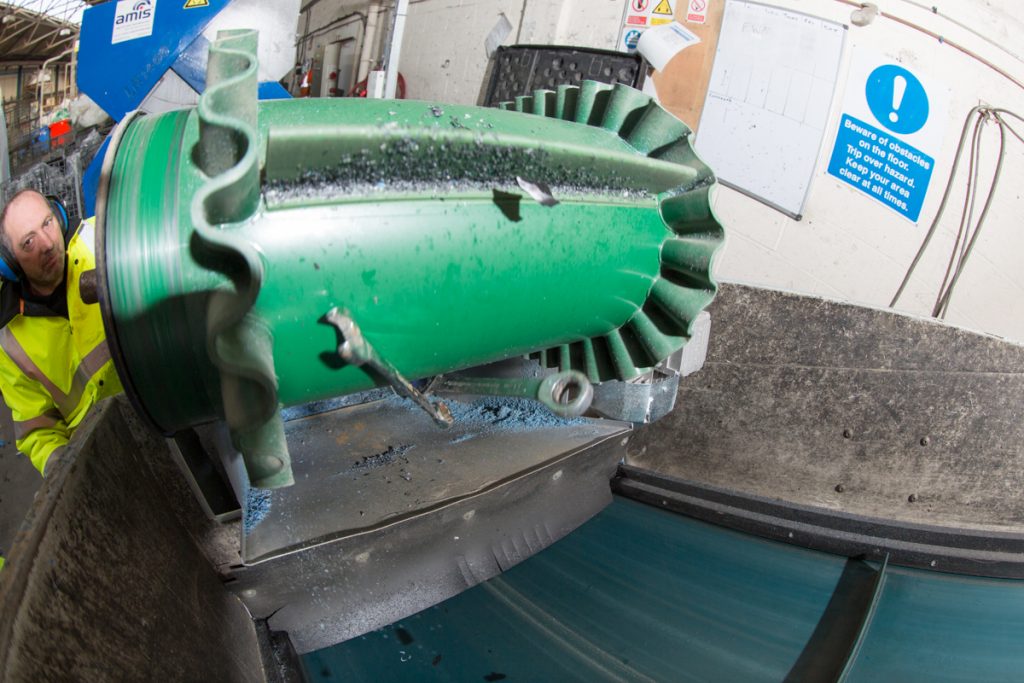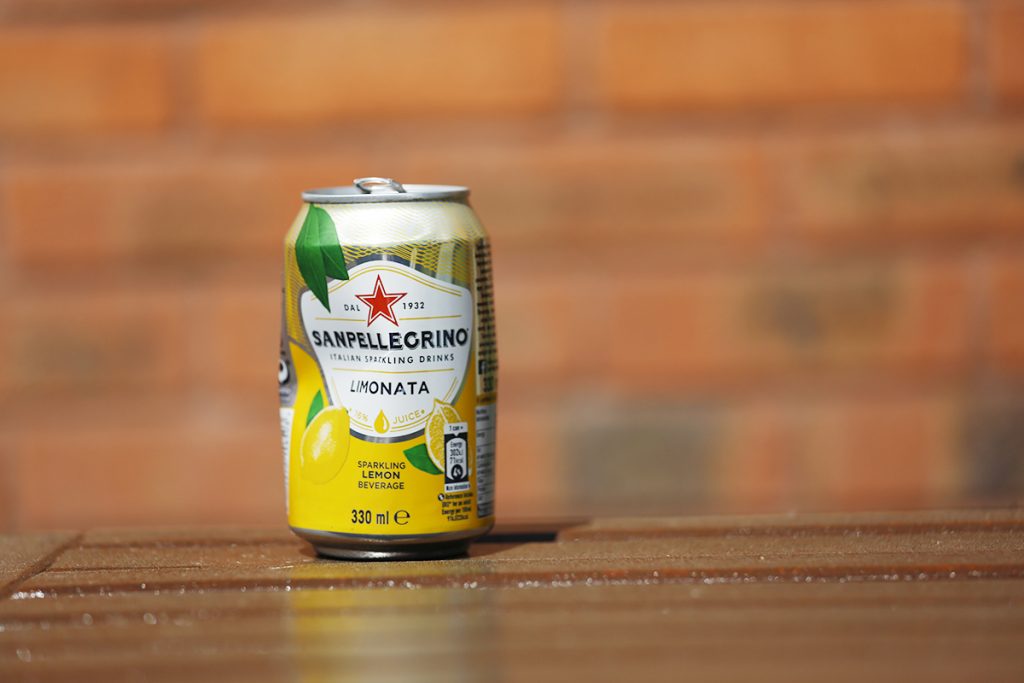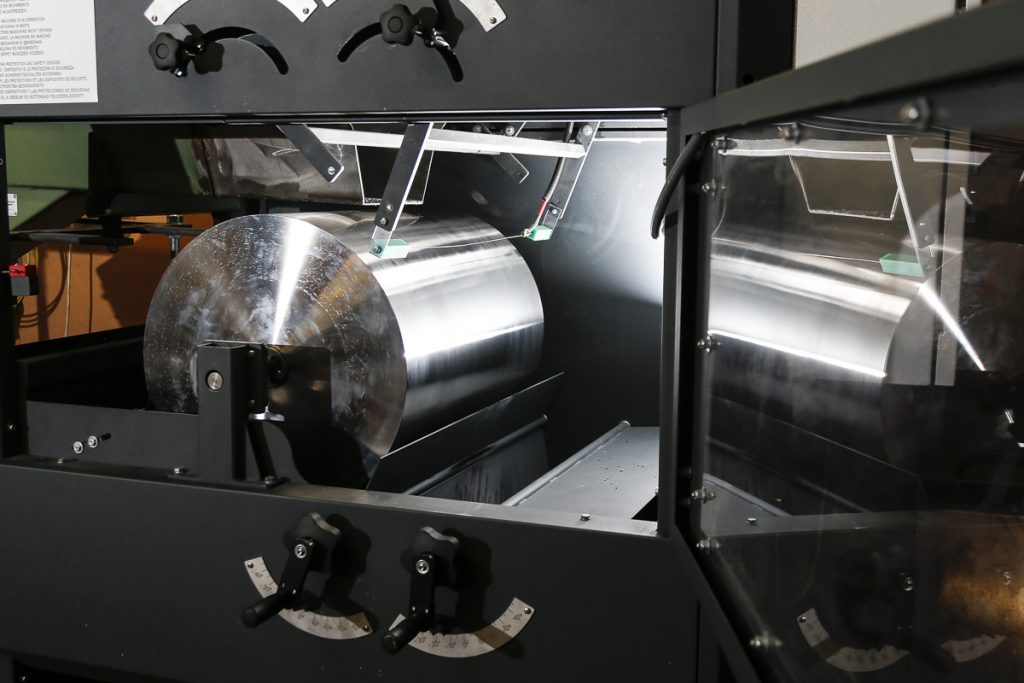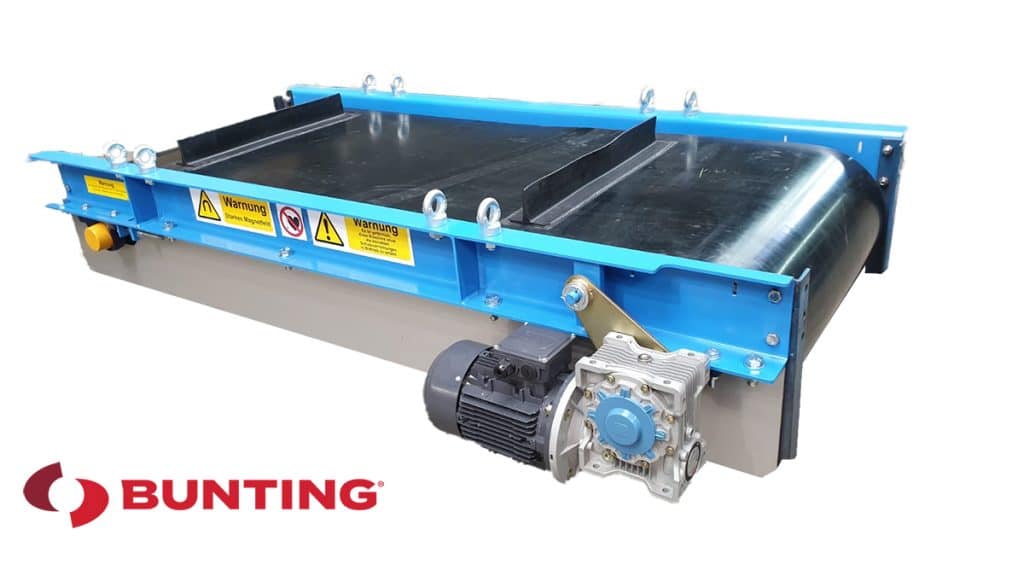Recycling
Two SSSC Magnetic Separators Ordered
A UK metal recycling company has ordered two (2) SSSC Magnetic Separators to recover fragmented stainless steel. The order followed initial tests undertaken on site with a Rare Earth Drum Magnet during the Covid-19 lockdown. Once the restrictions had eased, the client travelled down to Redditch for more detailed test work on the SSSC Magnetic…
Read MoreWhat is an Axial and Radial Magnetic Field?
Rotary Magnetic Separators, such as the Drum Magnet and Pulley Magnet, are designed with a specific type of magnetic field. The type of magnetic field is considered when looking at any application and when deciding which design will achieve a customer’s separation objective. For these rotary designs of magnetic separator, there are two types of magnetic…
Read MoreRising UK Metal Packaging Recycling Tonnage
The latest data from the UK Environment Agency’s National Packaging Waste Database for quarter 2 2020 shows a 9.7% rise on quarter 1 2019 in the tonnage of recycled and recovered Used Beverage Cans (UBCs) and metal packaging. However, whereas the recycled tonnage of aluminium packaging has steadily increased over the period, there has been…
Read MoreEddy Current versus Electrostatic Separation
Separation technology plays a major role in the recycling of waste materials. Metals are recovered using one or a combination of metal separators including Magnetic Separators, Eddy Current Separators and ElectroStatic Separators. Eddy Current Separators and ElectroStatic Separators play an important role in maximising metal recovery and revenue from complex streams presently processed by metal…
Read MoreEcoVyn Reduce Plastic Waste by 94% with Bunting
EcoVyn Ltd has installed two Bunting Drawer Filter Magnets to remove ferrous metal contamination from plastic waste. Since the installation of the magnetic separators, EcoVyn has reduced their waste by 94%. EcoVyn Ltd is at the forefront of PVC compounding and brings pioneering new technology to the market place. They offer one of the most advanced and innovative…
Read MoreDemonstrating the ElectroMax Overband Magnet’s Power
The ElectroMax Overband Magnet has proved extremely popular since the launch in May 2019. Shipments average at over one ElectroMax per month with an increasing number of mobile plant, mining and recycling companies turning to the air-cooled ElectroMax Electro-Overband Magnet as a high-performance, lightweight option to the traditional Permanent Overband Magnet. Technical information: Overband Magnets…
Read More3 Metal Parts Contaminating Plastic Waste
Recycling plastic waste is challenging at the best of times. However, when contaminated with ferrous metals, recycling is hindered by equipment damage, production downtime and poor end product quality. Thankfully, installing the optimum magnetic separator ensures that such ferrous metal contamination is removed. In this article we look at three examples of ferrous metal contamination…
Read MoreRecord UK Aluminium Packaging Recycling Rate
The aluminium packaging recycling rate in the United Kingdom rose to a record high of 56% in 2019, up from 52% in 2018 (Environment Agency data published by National Packaging Waste Database (NPWD and reported on the Alupro website). The business recycling target of 61% was also exceeded by 2% with the recycling of a…
Read MoreNew ElectroStatic Separator
The launch of the new Bunting ElectroStatic Separator is in response to enhanced material separation requirements in the recycling, plastics and minerals industries. The ElectroStatic Separator uses tungsten electrode wire to generate electrostatic charges to separate dry liberated particles. The new technology significantly broadens separation capabilities, opening up new opportunities for recovering materials from waste…
Read MoreTwo New Overband Magnet Models
Bunting has added two new models to their popular and highly successful range of Permanent Overband Magnets. The two new designs – the PCB-C (Compact) and QBC (Quick Belt Change) – meet specific requirements of reduced maintenance time and lighter weights. These models expand the Overband range, which also includes the classic PCB model. The…
Read More